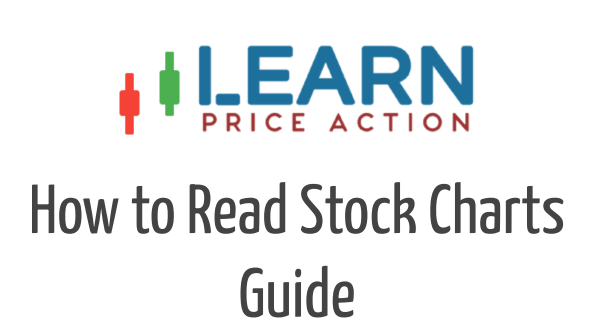How to read Stock charts guide PDF is a concise guide designed to equip traders with the skills to decode stock market movements and uncover high-probability trades.
“How to Read Stock Charts” is a concise guide designed to equip traders with the skills to decode stock market movements and uncover high-probability trades. Stock charts, visual snapshots of price action over time, are essential tools for understanding historical trends and predicting future shifts. This guide breaks down the essentials, from choosing the right chart type—line, bar, or the popular candlestick—to analyzing patterns that drive successful trades. Readers learn to spot obvious trends for low-risk, long-running wins, identify support and resistance levels for bounce or breakout opportunities, and leverage indicators like the 200-period moving average for dynamic insights.
The guide also highlights volume as a critical signal—rising volume with price surges suggests strength, while fading volume after big moves hints at reversals. With clear examples, such as Coca-Cola’s daily chart or candlestick trends, it simplifies complex concepts for beginners and seasoned traders alike. To apply these skills, the guide recommends platforms like MetaTrader for CFD trading or IG Markets for direct share purchases, ensuring access to robust tools. Whether you’re aiming to master technical analysis or refine your strategy, this resource offers a practical foundation for navigating the stock market with confidence.
___
A stock chart shows you a visual representation of what price has done over a certain period of time. For example, you could be looking at a 15 minute stock chart that shows what the price is doing every 15 minutes, or you could be looking at a longer-term chart such as the weekly chart.
Stock charts are used to quickly get an idea of what price has done in history and= what it could do in the future.
Many technical analysis and price action traders will use these sorts of charts to find patterns and trends to help them find their trades. As we discuss below, you can find many high-probability price patterns on your stock charts that can help you make trades.
